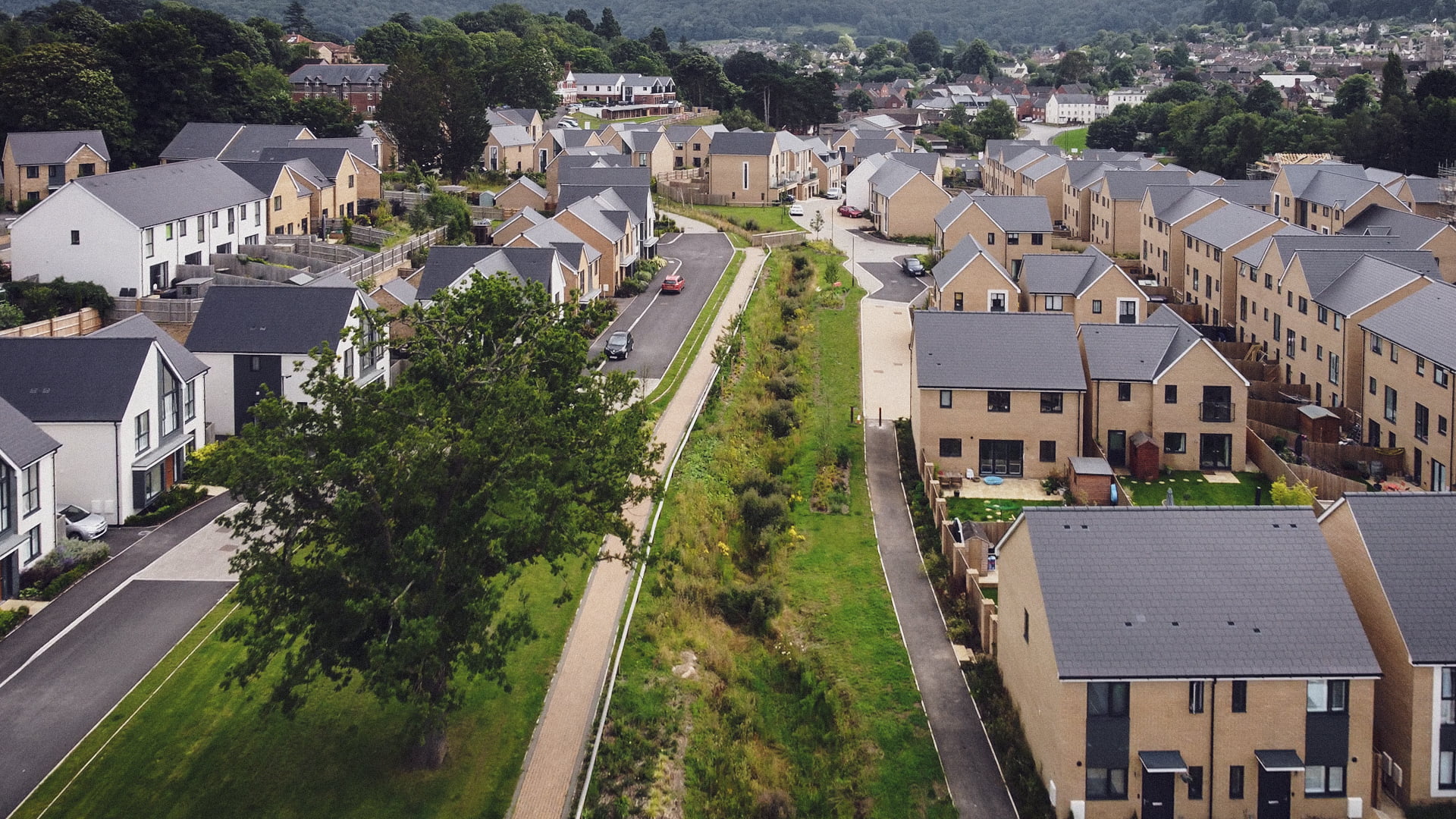FINDING A COMMUTE FIT FOR THE FUTURE: INSIGHTS FROM A GREEN TRANSPORT DAY
04.07.23
During the spring, the staff at Rodgers Leask’s Bristol office participated in a ‘Green Transport Day’ – an important first for the national engineering consultancy. The challenge of commuting to and from the office in as sustainable a way as practicable, taken on for research purposes, has created plenty to be digested. Regional director Dave Bathurst explains the legacy of the day and what it means for not just the office’s future, but everyone’s future.
There were many reasons to hold a ‘Green Transport Day’ at our office in Bristol but, unsurprisingly, it was our commitment to the UK’s net zero targets that was the focal point. Not only do we want to support the targets overall, we want to focus on the key things that are in our control each and every day.
As a company, we have targeted the Association for Consultancy and Engineering’s (ACE) ‘pledge to net zero’ initiative and as a signatory we will be creating our own research exercises – in the process sharing our results with the industry and putting in place practical steps to help us reach our targets.
With transport being the largest contributor to UK domestic greenhouse gas emissions, the daily commute was the obvious and most easily quantifiable choice for our first research exercise. That’s where our Green Transport Day comes in.
Let’s get this show off the road
Our analysis showed that the car accounts for 87% of our typical journeys to and from the office, public transport accounts for 10% and walking just 3%. During our Green Transport Day, the percentage of overall miles travelled by walking remained the same but there was a notable increase in using the bus, and especially the train. Two new forms of transport were also introduced to our normal commute – e-scooting and cycling.
The longest commute in our office is from the rural town of Calne in Wiltshire which demonstrated the real difficulties with a change to more sustainable travel. By car it is a 67-mile round trip that takes on average 50 minutes each way. The choice of alternative ‘Green Transport’ involved a 32-minute bus journey to Chippenham, a 26-minute train journey to Bristol Temple Meads, a further 10-minute train journey to Bristol Parkway, 24 minutes on an e-scooter, and a six-minute walk. The green alternative took one hour 25 minutes longer than by car, which I am sure most would agree is not very practical. Altogether the financial cost comparison of this journey reveals that the ‘green alternative’ is over 20% more expensive too.
Our total carbon output was calculated at 14.3 kilogrammes for a typical commute, while the ‘green alternative’ carbon output was calculated at 5.1 kilogrammes, which is 9.2 kilogrammes (64%) less.
Takeaways
One conclusion from this research is that while our carbon output can be reduced for our typical commute to work, there is a significant time and financial cost to bear. While the financial costs could be absorbed, it is the impact of travel time that is a trickier challenge to combat.
The team has embraced hybrid working and fewer commutes to the office are key in reducing harmful emissions associated with travelling. But for many the office is a necessary space. Collaboration, development, and information sharing among colleagues is most conducive in person, in an office. Some commuting to the office is a necessary requirement for our effective business operations and driving innovation. The question is, how we do this in the most efficient way possible? Our Green Transport Day was a proactive exercise that explored this question and I hope inspires similarly sized businesses to do similar research for themselves.
Our company sustainability policy already describes a commitment to reducing our reliance on fossil fuels by promoting a company vehicle policy focused on electric or hybrid vehicle usage. It also refers to encouraging employees to maximise energy efficient travel to work, utilising public transport, cycling and carpooling. As a further step, this research has identified that prioritising the recruitment of staff that live close to the office, or offering incentives to relocate closer, are initiatives worth considering.
I think all businesses need to embrace working from home where possible, if they haven’t already, and if not there needs to be a focus on local employment in order to create better sustainable travel options.
What I’m certain of is that future efficiency will come from successful travel planning. Achieved by encouraging a shift to more sustainable modes of transport, a travel plan is a living document that provides a strategy aimed at minimising the number of vehicle trips generated by a workplace, school, organisation or community. Anyone, in any department or any company, should be able to feed into an existing document or create their own – with the immediate needs of their office and colleagues in mind. Our own document will be specific to the situation in Bristol, keeping in mind the specific day-to-day concerns of our office and how best to combat them from a local perspective – helping staff travel more efficiently, healthily and sustainably.
There are many reasons why this type of document is becoming more and more necessary, the most pressing being the challenging net zero targets that organisations and the country at large are facing.
Ultimately, our Green Transport Day made it clear that more research and action towards alternative, greener transport is an ongoing priority for my team, and we look forward to exploring different routes and options that will only support our local net zero ambitions in Bristol. To find out more about travel plans, the role of a travel plan coordinator and how they could help your business move closer to net zero, visit tpc-rodgersleask.co.uk.







